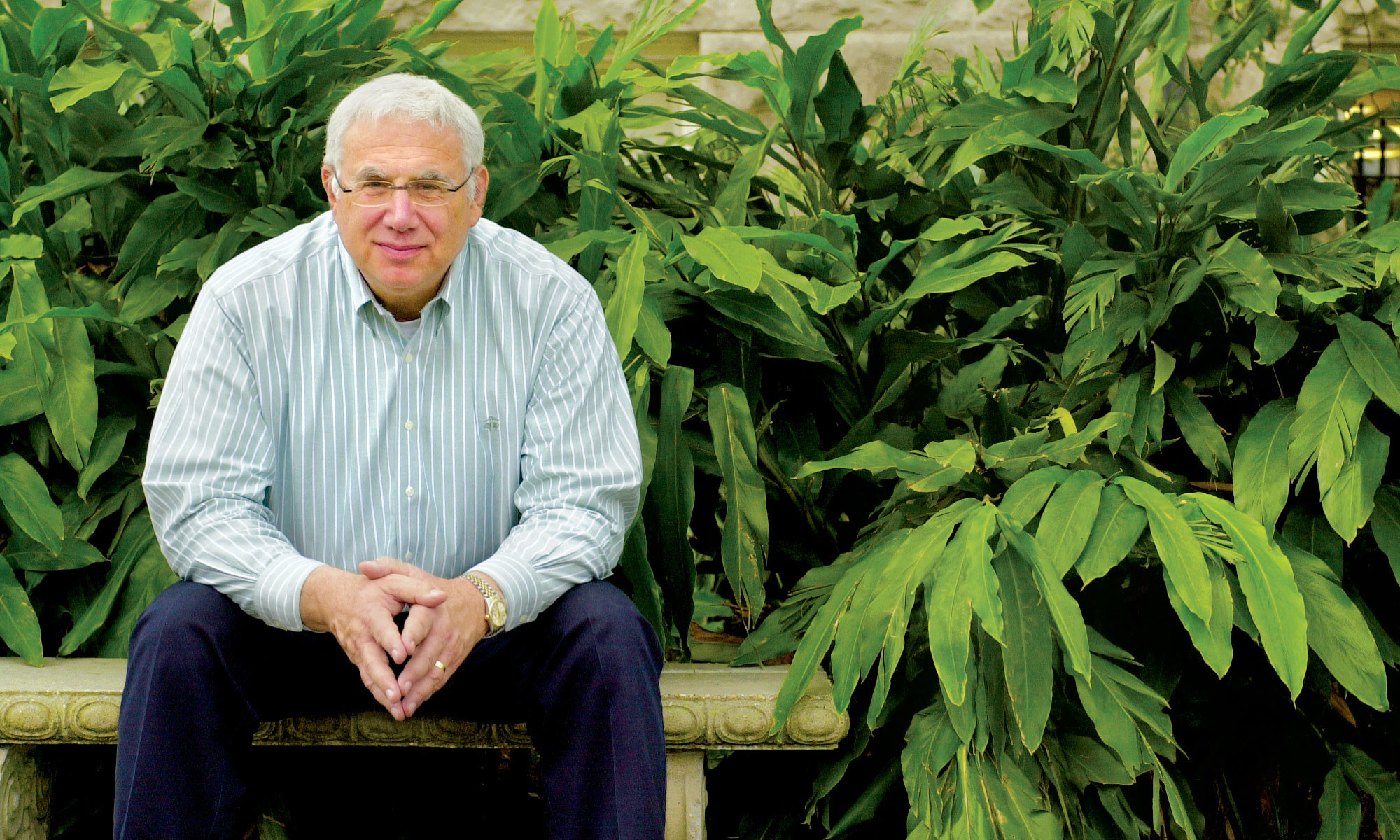Neuroscience in the New Millennium: Brain, Mind and Body and
Your Brain’s Future
Brain research is the “final frontier” in biomedical research. Understanding ourselves–how we function in societies, how we gain and lose abilities over time, what drives our motivated behaviors, how we perceive the world around us, how we process information–is the ultimate goal of research in neuroscience. Today, that research is taking many exciting directions, including:
Developing new technology that allows us an unprecedented penetration into our brains and minds.
Exploring novel and dramatic approaches to treatment of human diseases, including dementia, depression, stroke, and addictive disorders.
Understanding the fundamentals of normal cognition, its development, and its underlying mechanisms, which will allow us to identify and manipulate the factors that lead to age-related and pathological deterioration of the nervous system and cognitive function.
Tulane University has invited three internationally recognized scientists who study the basic mechanisms of the brain to present two lectures on January 14, 2002. All three scientists have been elected to the most prestigious honorary scientific organization in the world, the National Academy of Sciences. These three scientists will attempt to forecast how our understanding of the brain will change in the future during two programs, one a technical symposium entitled “Neuroscience in the New Millennium: Brain, Mind and Body” and in a lecture geared toward the general public called “Your Brain’s Future.”
This is the second in a series of Tulane University Presidential Symposia. The purpose of these programs is to bring to Tulane scholars, thinkers and policy makers from across the country to engage the community in the free and vigorous exchange of ideas.
Speakers and Topics
Scott S. Cowen, President, Tulane University
“Welcome to the Presidential Symposium”
Dr. Cowen is the 14th President of Tulane University. He has established the series of Presidential Symposia as part of an ongoing effort at Tulane to share the expertise of the program’s faculty with members of the campus community and the greater New Orleans community.
Dr. Ann Graybiel, Ph.D., Massachusetts Institute of Technology
“Building Neural Representations of Habits: Deep Brain Learning and Memory”
Dr. Graybiel and her group are currently studying habit learning by recording the electrical activity of ensembles of neurons in the striatum and cortex as animals learn new tasks and as they then perform them as habits. They find that a major reorganization occurs in the activity of striatal neurons as habits are learned, and as familiar tasks come to be performed in the nearly automatic fashion that typifies habitual activity. This work is leading to an integrated view of the basal ganglia as forebrain structures concerned with expressing the action plans that guide motor and cognitive-affective behavior.
Bruce S. McEwen, Ph.D., Alfred E. Mirksy Professor and Head of the Harold and Margaret Milliken Hatch Laboratory of Neuroendocrinology at The Rockefeller University
“The Ever-Changing Brain: Circulating Hormones Regulate Structural Plasticity in the Hippocampus”
As a neuroscientist and neuroendocrinologist, McEwen studies environmentally-regulated, variable gene expression in brain mediated by circulating steroid hormones and endogenous neurotransmitters in relation to brain sexual differentiation and the actions of sex, stress and thyroid hormones on the adult brain.
Leslie G. Ungerleider, Ph.D., Chief of the Laboratory of Brain and Cognition, National Institute of Mental Health
“Neural Mechanisms of Visual Attention in the Human Brain”
Dr. Ungerleider is the co-developer of a theory of “two cortical visual systems,” one specialized for object recognition and another for visuospatial perception. Her current brain imaging work has revealed the location of the two visual systems in the human cortex and has suggested how these two systems contribute to both short- and long-term memory in the visual modality. Most recently, she has extended this work to examine how attention operates to filter our irrelevant information in cluttered visual scenes.
